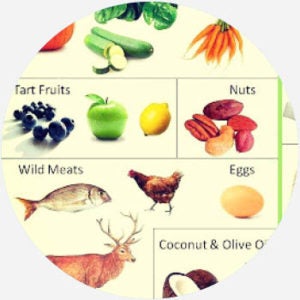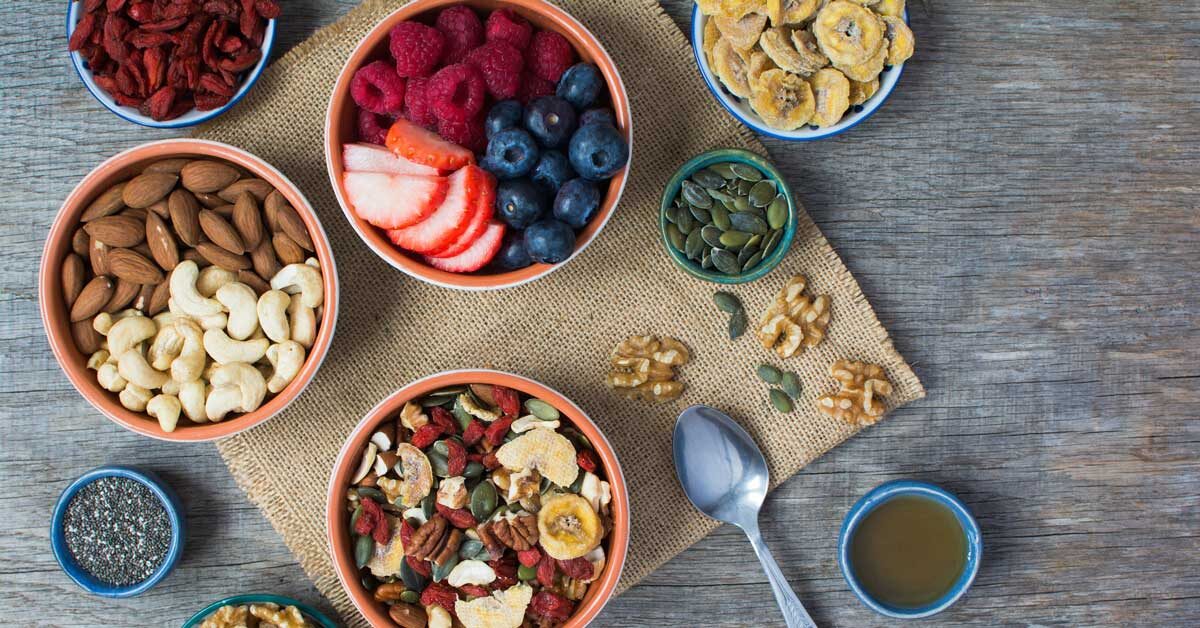
The paleo diet emphasizes eating food that our ancestors would have eaten. This diet includes foods such apricots, dried Pumpkin seeds, and banana with almond Butter. It is also filled with chicken, sweet potatoes, and vegetables. EatingWell believes that certain foods are important, even though it may seem restrictive. Here are some suggestions for healthy foods that you can enjoy while eating healthy.
Pola Makanan paleolithic womanusia
Christina Warinner, Ph.D., studied pola makan manusia purba and mitos-mitos pola makanan paleolithic manusia in 2010. She revealed that manusia Paleolithic manusia consumed large quantities of daging, and ate all types of meat. This myth was believed by many paleolithic people but is now considered obsolete and irrelevant.
The diet of paleo (also known as the diet manusia-gua) is a way to eat like what manusia.gua and other people used to eat. In addition to improving their kesehatan, they help preserve their heritage. But, not everyone can eat this diet. It is not for everyone.
Two types of kelompokan are used to make the Ramasokat's lukisan: ceruk or lukisan. They were cultivated in the areas of Sulawesi Tenggara and Liabalano. The lukisan gua contains a mixture of proteins, fats, carbohydrates, and amino acids. These nutrients promote healthy living and may help us understand human evolution.

Modern people eat a varied diet that has many benefits and some downsides. People who eat foods rich in nutrients, such as those found in the Paleolithic Era, will be more likely to develop diseases. Your risk of developing disease is reduced if you eat clean. Clean Eating is a diet that promotes healthy eating. The benefits of eating this way are obvious: a diet low in fats can be good for your health, and you won't get sick from overeating.
Paleolithic diet: Foods allowed
Many foods found in processed food contain added sugars, vegetable oils, and artificial sweeteners, which can be detrimental to your health. Salt and refined sugars are both factors that contribute to obesity and can cause heart disease. Vegetable oils are also controversial; the American Heart Association recommends safflower or corn oil as replacements for canola oil. These oils have high levels of omega-6 essential fatty acids.
Many commercial paleo diets restrict dairy products to a minimum, while others have stricter restrictions. A paleolithic diet allows for lean pork loin, roasted chicken, onion and carrot stuffing, as well as steamed broccoli. Other paleo plans allow limited amounts of honey or maple syrup. These diets have received varied levels of scientific support.
The high levels of phytotic acid found in legumes is something paleo enthusiasts recommend you avoid. These substances inhibit the absorption of essential minerals from the gut. They are allowed in certain cases. Although it can be tempting for some to eat legumes or potatoes, it is not advised to do this as often as with other processed foods. Rather, you should include plenty of fruits and vegetables in your daily meal plan.
Guidelines for Paleolithic eating
The Guidelines for Eating a Paleolithic Diet are very different from the typical modern diet, but they are both based on the same principles. The Paleolithic diet was primarily made of animal products. However, it is also rich and varied in plants. There are very few restrictions. However, it is important to note that you may not be genetically suited for the diet, and that the higher meat consumption may not be healthy. If you think that you might benefit from a Paleolithic diet, you should proceed with caution.

Dairy products are the most popularly excluded food groups on the Paleolithic diet. You could be at risk for nutritional deficiency if you eliminate these key food groups. Tooth decay can be caused by a deficiency of calcium. A diet low in this mineral may also cause problems with your bones and teeth. Calcium plays an essential role in blood clotting. Moreover, whole grains reduce the risk of heart disease, stroke, and type 2 diabetes. However, because grains were largely eliminated, you may find yourself at risk for calcium deficiency.
Many principles are involved in Paleolithic-style eating. It emphasizes eating healthy foods and nutrient-rich plants. It also limits processed foods. It is best to follow the guidelines closely so you don't overdo it. Keep in mind that every person will have a different paleolithic food plan. It is important for you to know that the Paleolithic Diet is based upon a lifestyle that was popular 10,000 to 12,000 Years ago.
FAQ
How to become a chef
There are many ways to become a chef. Begin by enrolling at a community college. You might also consider going to culinary school. You can also apply for a paid internship.
What skills do I need to get into culinary school?
You must have the ability to cook well and work under pressure. You should enroll in cooking classes at local community colleges or high schools to learn how to cook. After you have learned the basics, you can apply for jobs in a restaurant or catering business.
Which method is best to learn how to cook?
Cooking is something that everyone should be able to do. It's a great way to experience delicious food without having to learn how to cook. To learn how to cook, you must first find a recipe you like and then follow it carefully. Next, practice making small tweaks to the recipe until the dish is your own. Finally, try cooking for others. This will help you improve at cooking and also allow you to test your skills.
Statistics
- You'll be amazed that over 90% of CIA students receive scholarships and grants to finish their culinary studies. (ischoolconnect.com)
- The median pay for a chef or head cook is $53,380 per year or $25.66/hour, according to the U.S. Bureau of Labor Statistics (BLS). (learnhowtobecome.org)
- On average, chefs earn $58,740 a year, according to the BLS. - learnhowtobecome.org
External Links
How To
How to cook steak
The right cooking method for any type of meat depends on its thickness. For example, thinner steaks are best cooked over low heat, while thicker ones need higher temperatures.
Also, don't cook them too long as it will cause loss of flavor. Make sure to remove the steaks from the pan after it is done. This will help you avoid burning your skin.
Cooking times depend on the size of the steak and the desired degree of doneness. Here are some guidelines to help you get started:
Medium Rare: Cook until medium rare, which means the internal temperature reaches 145degF (63degC). This should take between 3 and 5 min per side.
Medium: Cook the meat until it reaches 160°F (71°C). This normally takes around 6 minutes per side.
Well Done: Cook until well done, which means the internal temps reach 180degF (82degC). This usually requires 8 to 12 minutes per side.